The impact of Digital Transformation on Water Utilities
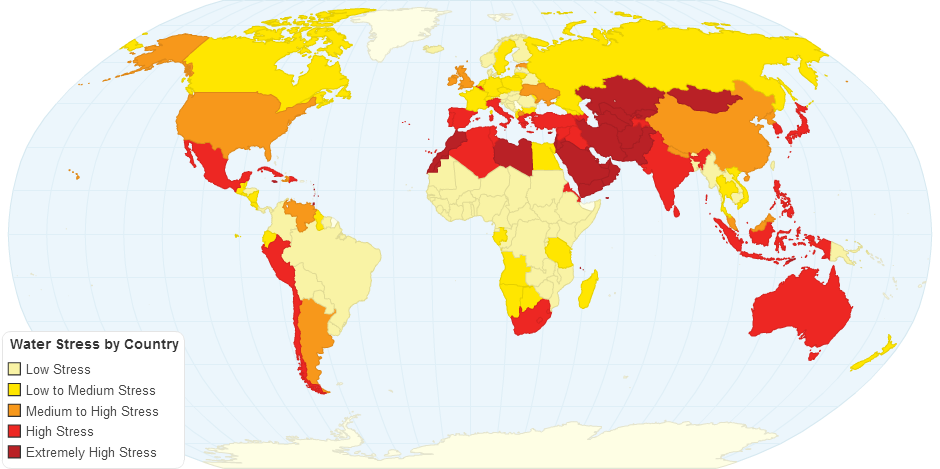
The extreme weather condition (primarily due to global warming) is causing inconsistent rains and it means water supplies have become inconsistent. Further, the increasing population, the drought and infrastructure issues make the scenario worse from the perspective of the availability of safe drinking water.
Several reports regarding water availability have indicated significant stress. The scenario of the water stress in 2018 looked something like the figure given below:

Reference: World Without Genocide (Water Stress Map Image)
This clearly indicated that in the significant part of the high population density zone, the stress level is either extremely high and high. This is a huge concern for the significant population of the world.
On top of that, the current world population of about 7.72B is growing at the rate of 1.08% and add to that the livestock population of around 1+B, water’s growing needs will further worsen the situation.
Digital Disruption – Water Utilities 2019
Driven by sustainable environmental needs, the emergence of prosumers and the evolution of technology, the water utility industry is on the verge of one of the largest digital transformations in its 100+ years of existence. This change will encourage unique interactions among stakeholders on the global network and ensure the emergence of huge change in the utility industry.
As of today, the water utility industry continues to steer the erratic way to transform and resolve the issue. The data around the water resources exist in silos or in many cases in the mind of the experienced folks. Due to this the ‘change management’ has become an overwhelming task. Convincing organizations to explore and adopt technology appears to be a huge ask.
However, I do see a huge hope and expectation from the latest technologies. Specifically, technologies like AI/ML can create a huge impact in helping the responsible organizations to identify key issues proactively and provide recommendations to bring down the overall cost. Similarly, technologies like Blockchain can bring in confidence in the truthfulness of the data, which when combined with AI results can provide the desired confidence in the consumers.
And add to that the technologies like IoT, Drone-based apps, LiDAR, sensors like Audrino, nix sensors, hyperspectral camera, etc. and you start feeling confident about being able to identify leakage, bacterial infections, chemical substances and many more attributes, which impact the safety of the drinking water.
What are we doing at the Walking Tree?
At Walking Tree, we are focussed on helping businesses and organizations leverage digital transformation and make the best use of technologies and solve the key issues effectively. Solving the problem of ensuring the availability of safe drinking water in a sustainable way is a great noble cause and we find ourselves in a great position to create a great impact in this regard. By partnering with a Swedish Company, who in turn is associated with various universities and UNICEF, the exciting journey of over 1-year seems to be pretty close to bringing in the desired outcome.
Through the use of the simple mobile camera (provides less accuracy) and the usage of Hyperspectral Camera and Nix Sensors, we help drillers identify arsenic risk levels in the groundwater. These technologies allow the drillers to exactly understand the nature of the sediments and our ASMITAS protocol allows us to figure out the arsenic risk level in the sediments. This helps us come up with accurate recommendations.
The following diagram shows the high-level architecture of the application:
The data that we store, enables us to help the drillers in guiding them to navigate their drilling experience and ensure that they stop exactly when they have access to safer (arsenic-free) drinking water. More importantly, the decision-makers will be enabled with real-time data about water vulnerability, contamination level mapping in groundwater and other key parameters which may help them to plan their resources in a better way
However, the real beauty lies in the idea behind providing the various guidances to the local government and local bodies about how to manage the water and how to identify other geogenic contaminations like Fe, Mn, Salinity, etc. The journey seems to be exciting and I am confident that the World Water Week – 2019 in Stockholm will give us further guidance on how to solve these problems even more effectively.

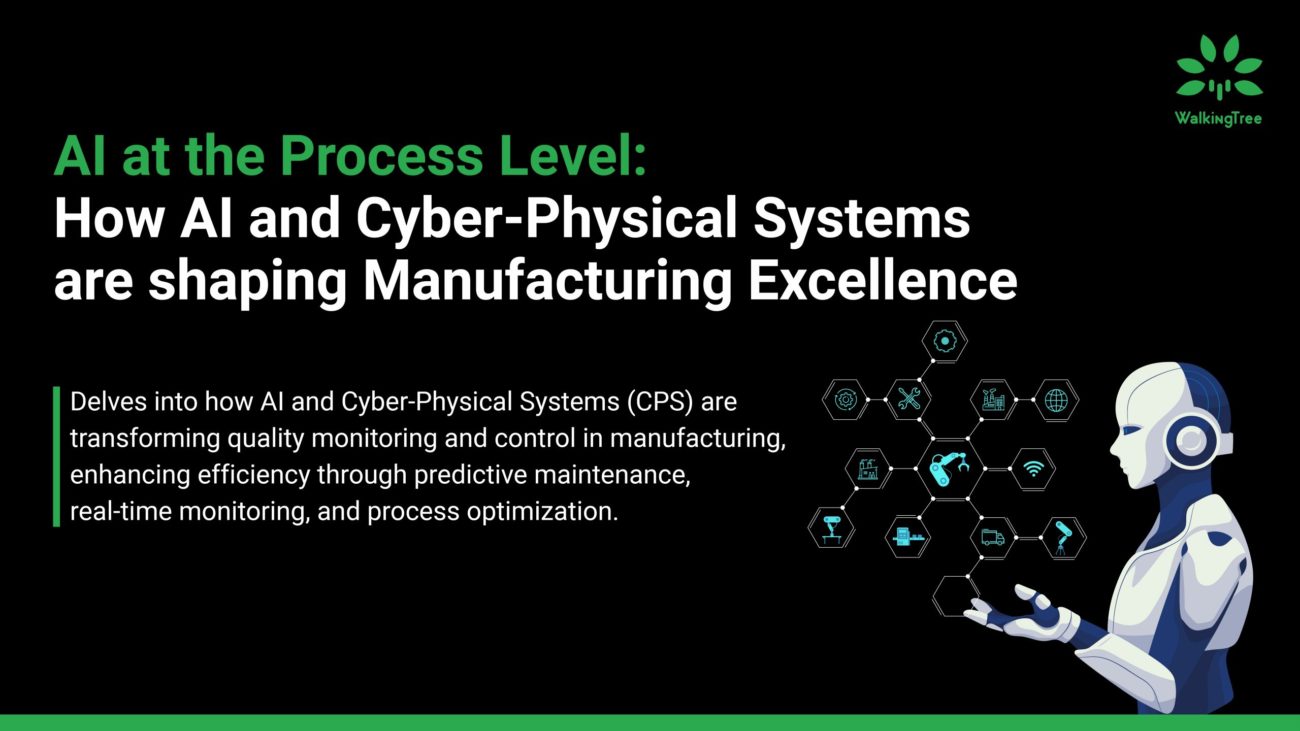
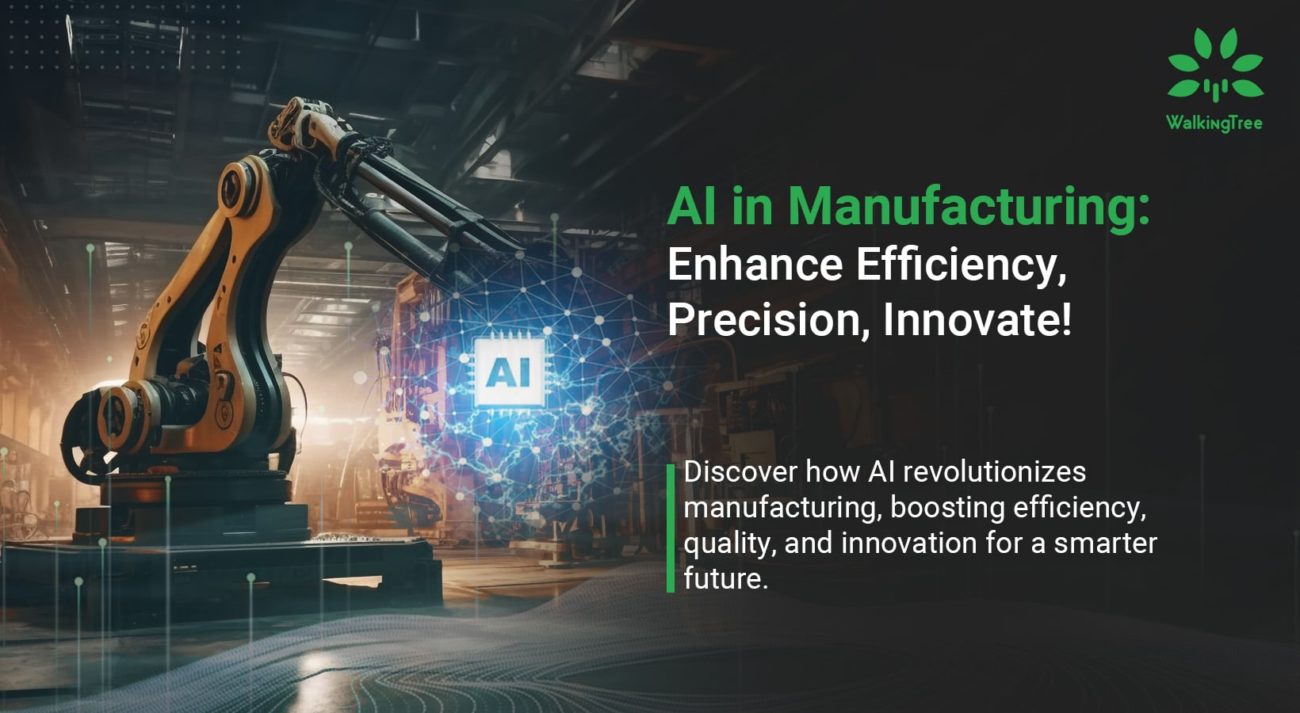

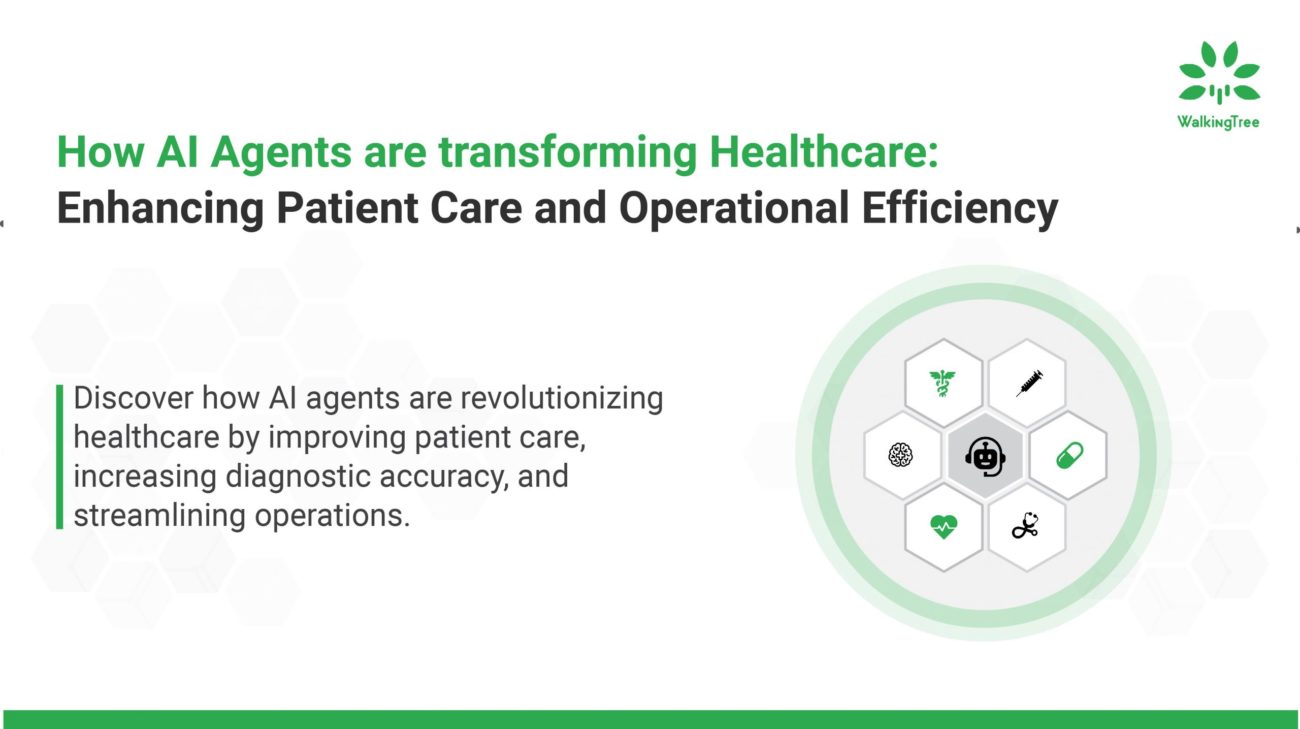
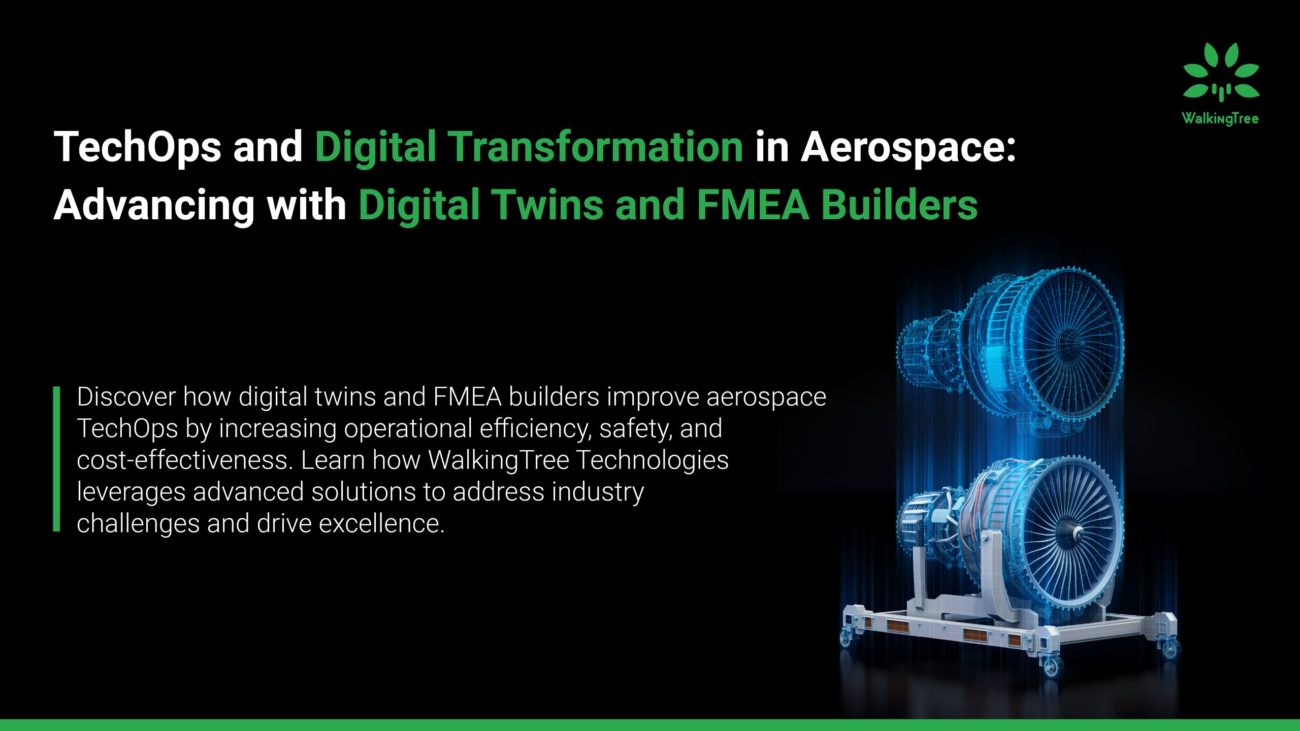
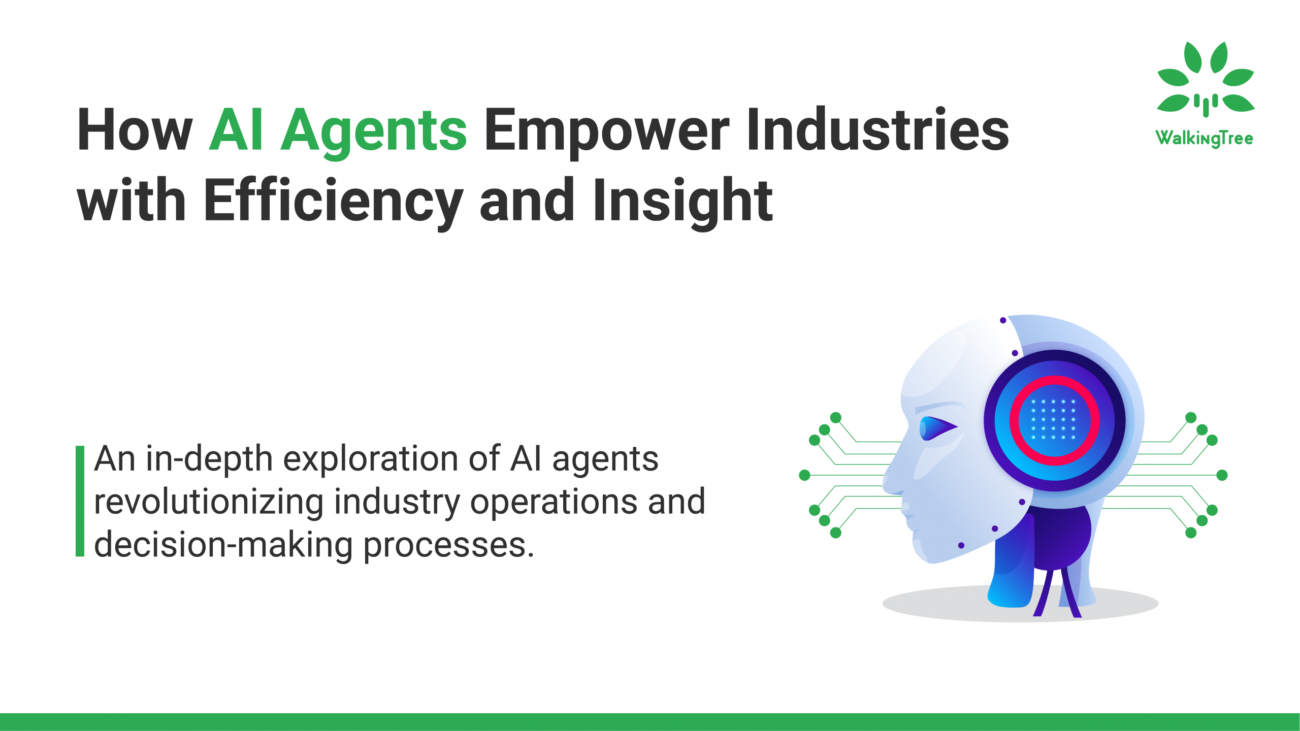
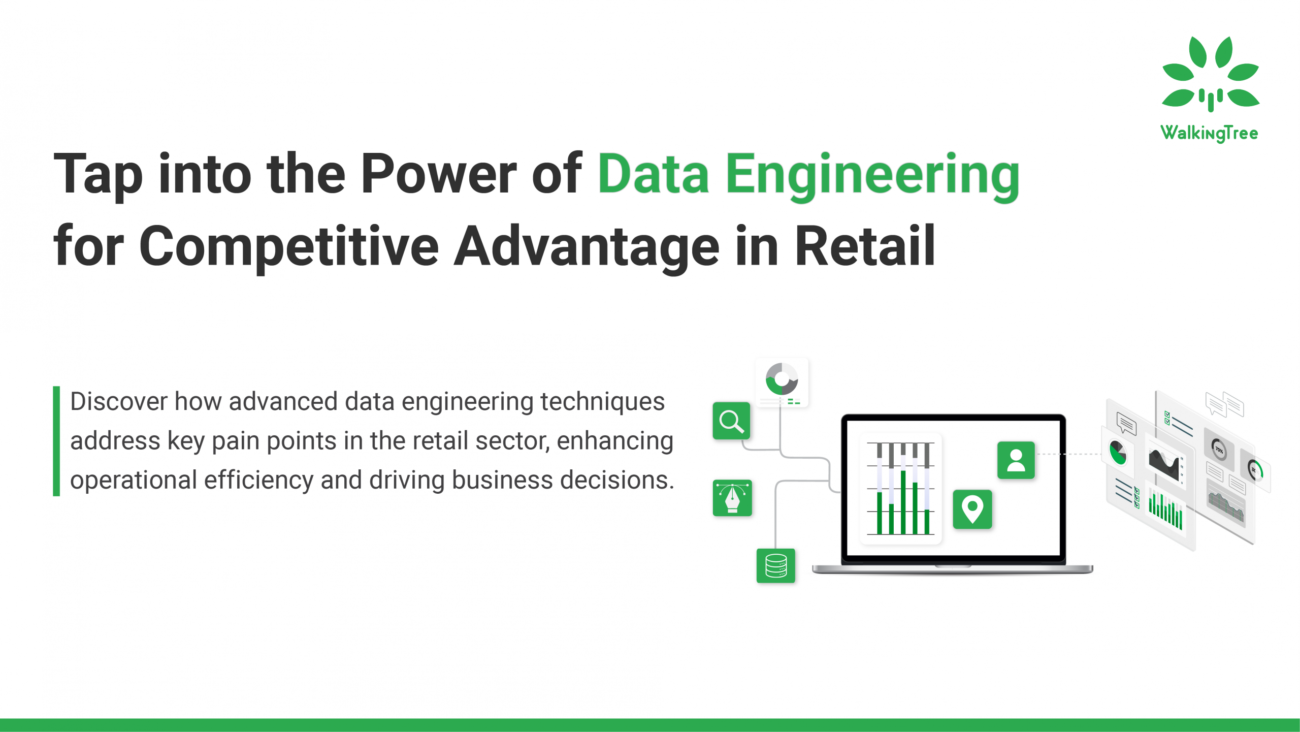
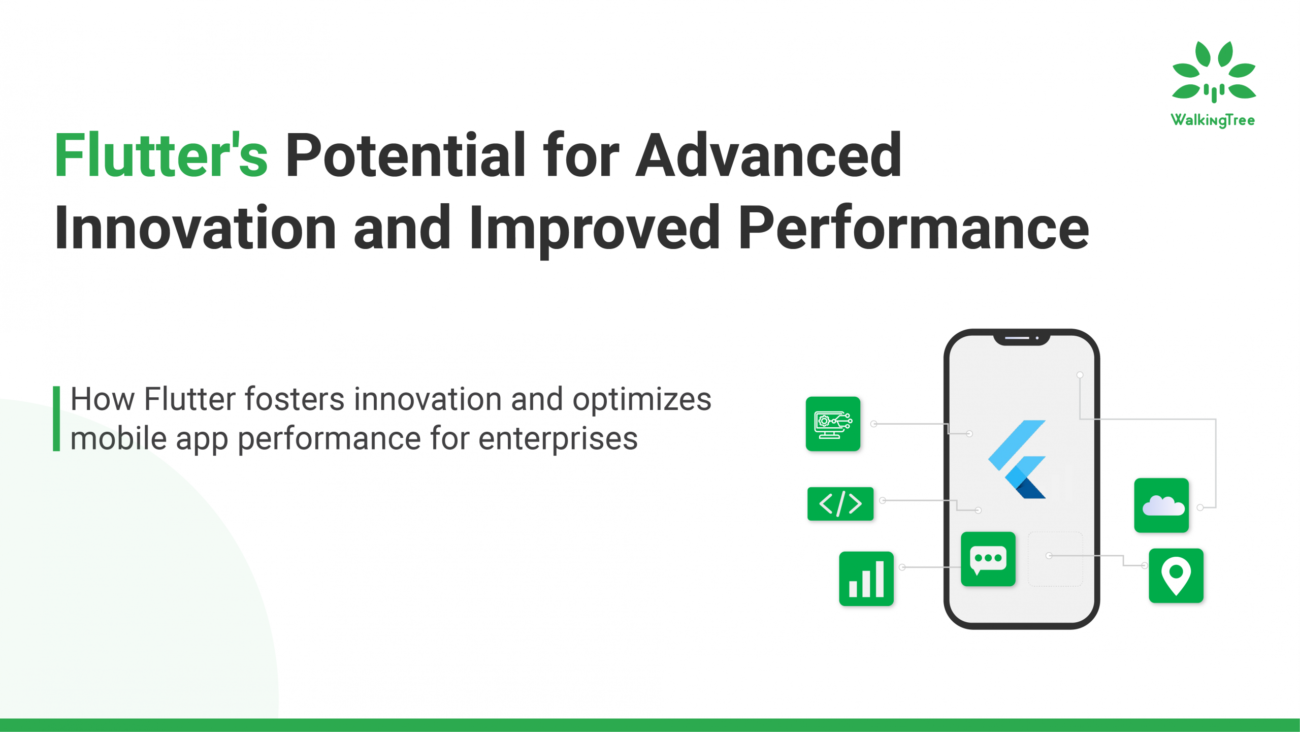
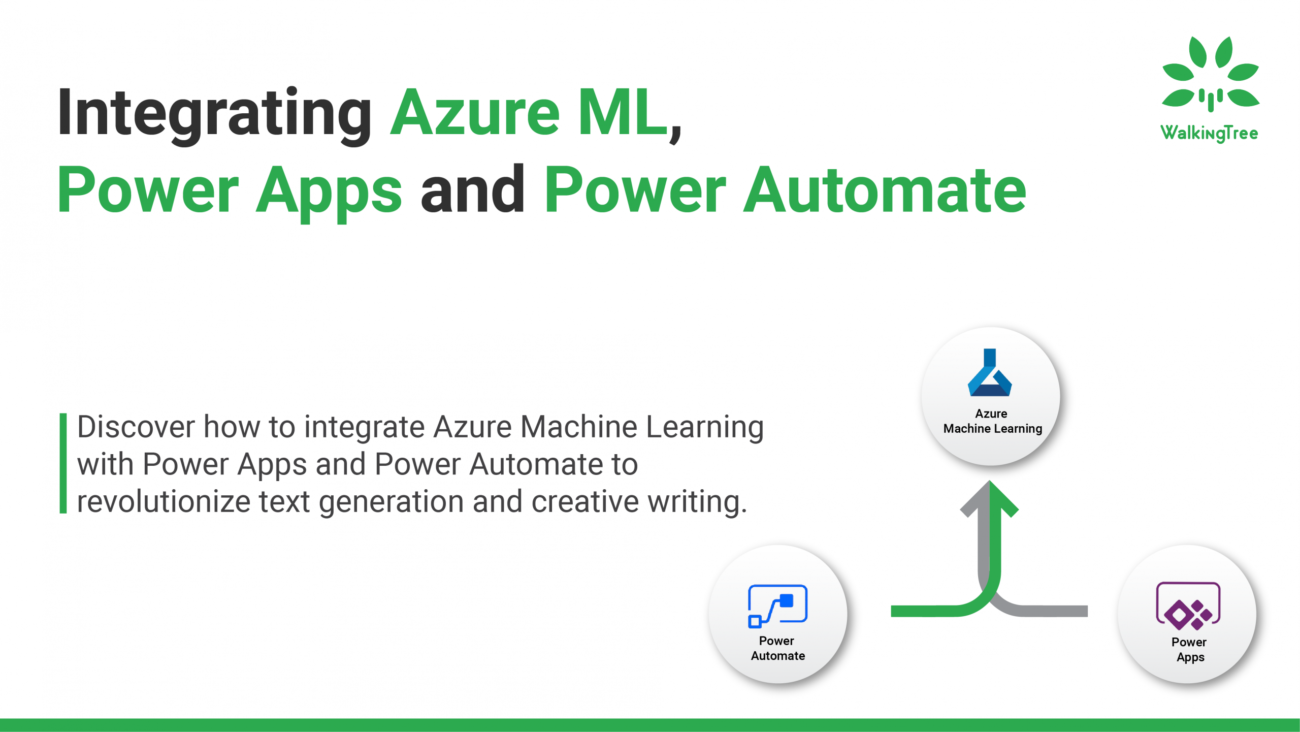
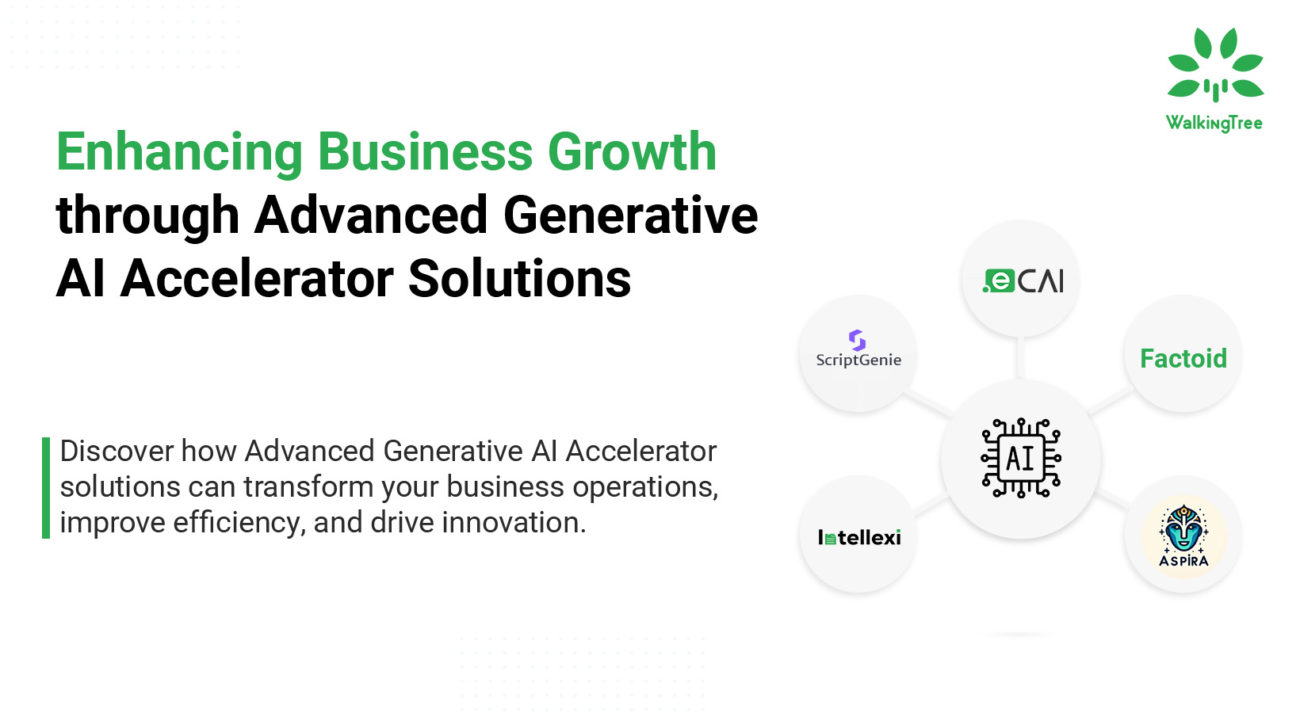
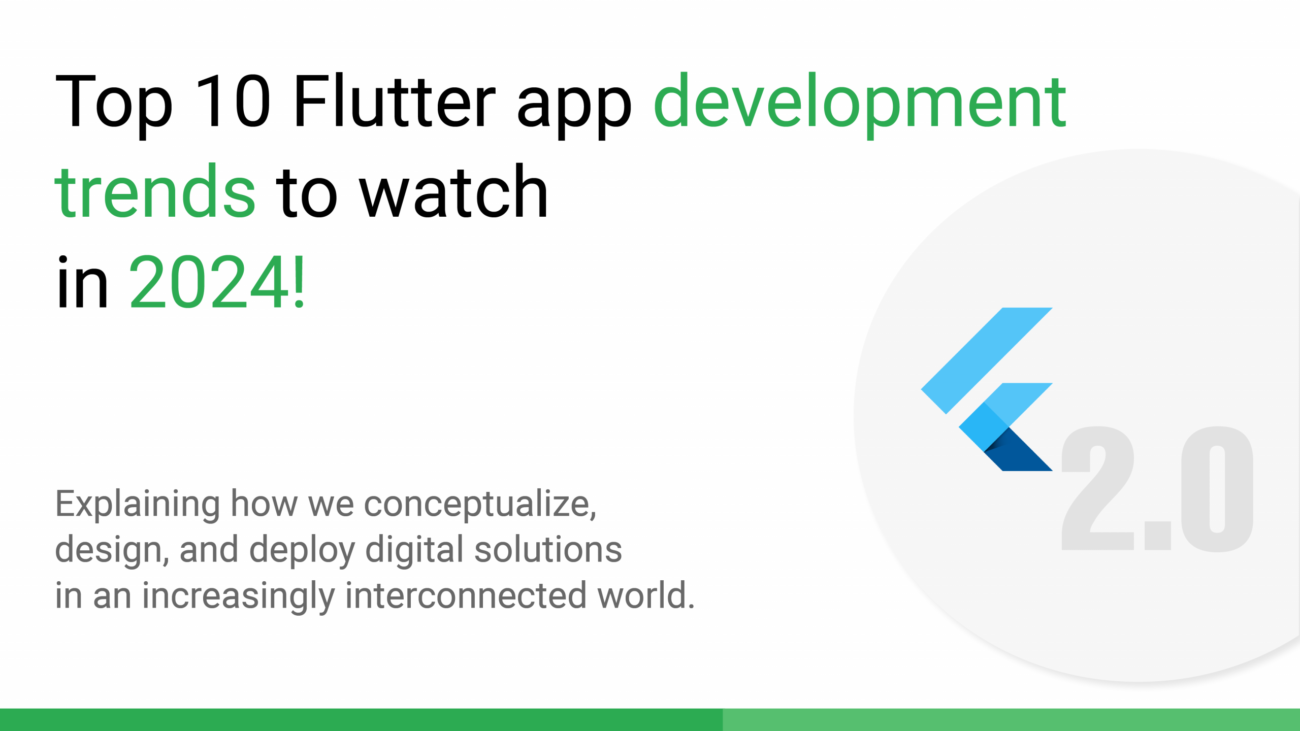
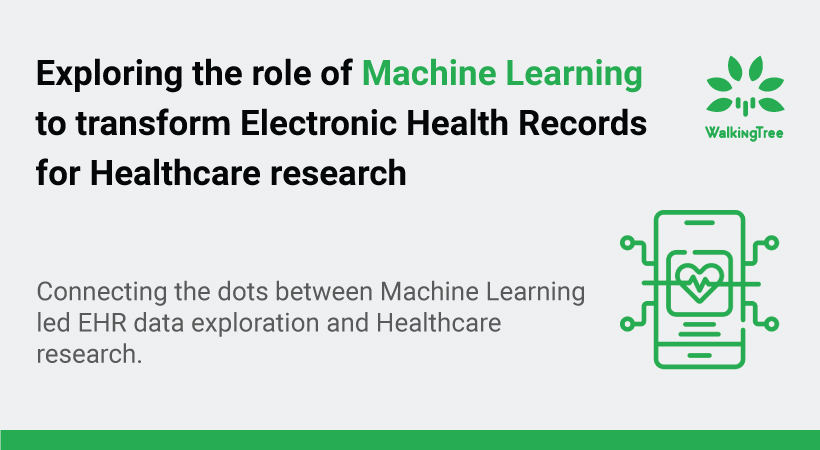
Nice idea. It shows you feel for society. All the best.